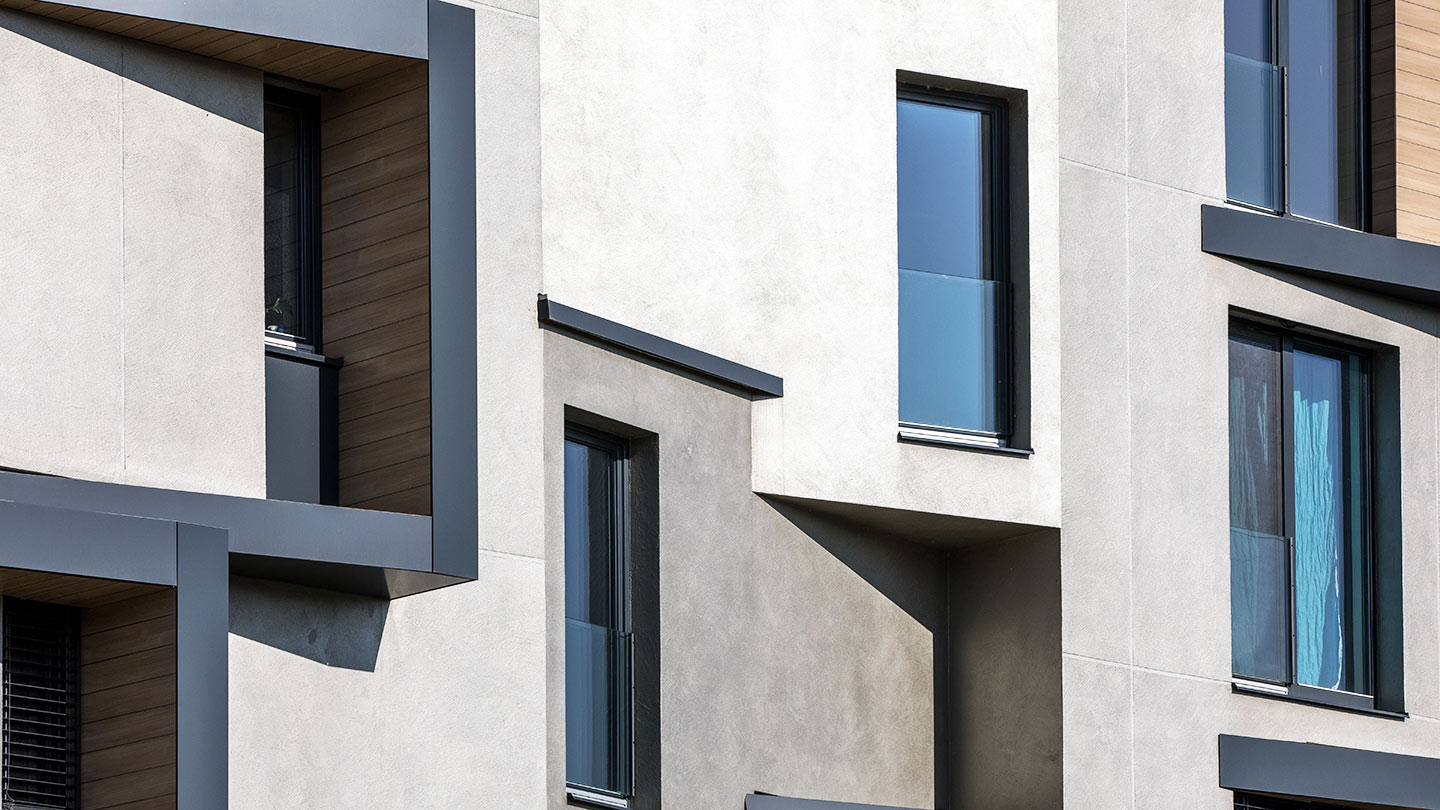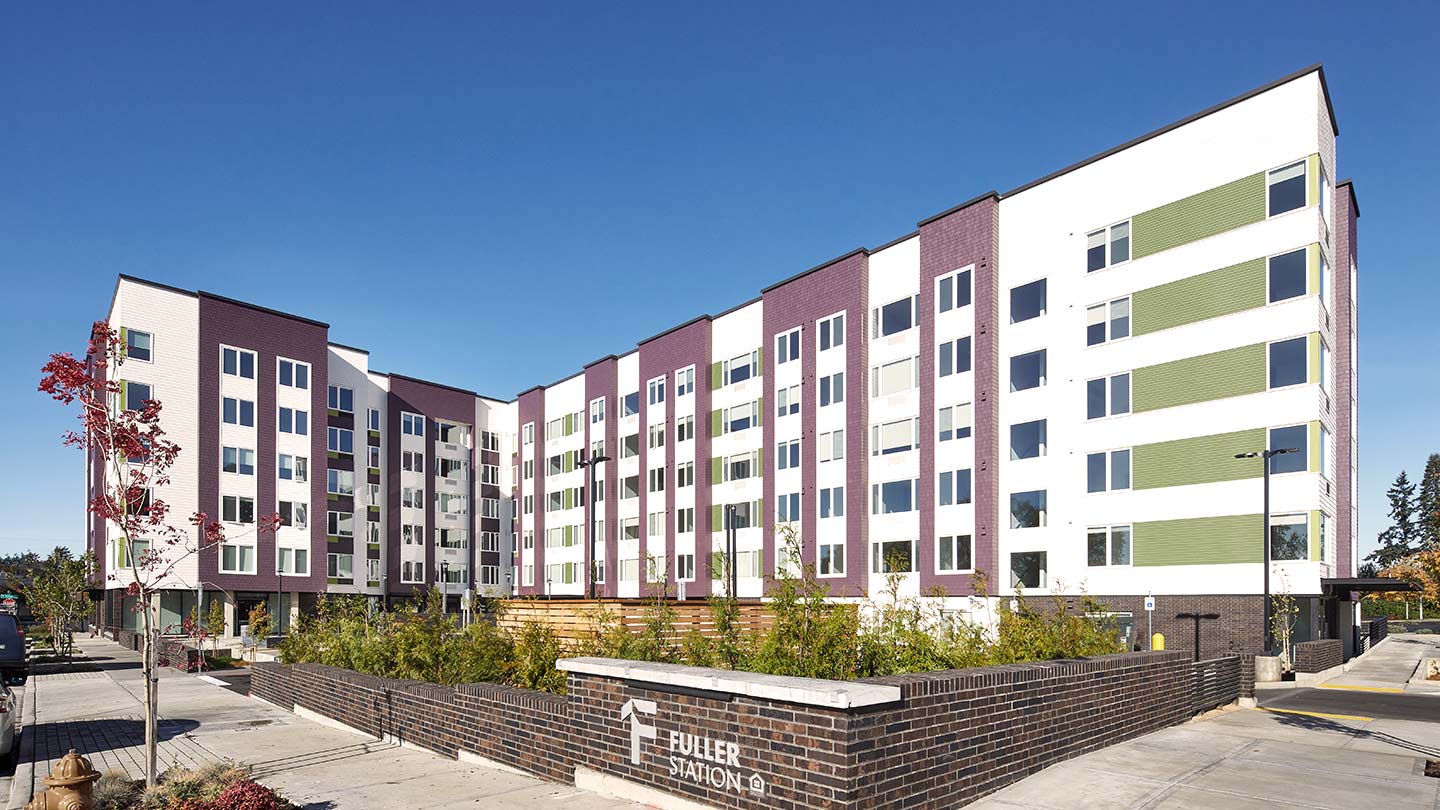
6 min read
Key takeaways
- The pandemic had a major impact on migration, hitting gateway metros the hardest. After several years, migration trends have normalized, with current urban-to-suburban patterns largely in line with pre-pandemic numbers.
- Economic, lifestyle and environmental issues influence migration patterns across the United States.
- While major metros have seen a return to urban living, many midsize or smaller cities—such as Nashville and Austin and their suburbs—continue to attract residents.
The pandemic turned typical U.S. migration patterns upside down. While urban markets have slightly underperformed their suburban counterparts for decades, that margin significantly increased in 2020. Downtown apartments in gateway markets were hit hard as residents flocked to larger, less expensive suburban properties to work remotely.
Since 2022, the population losses have been improving. “Urban-to-suburban migration patterns have largely reverted to pre-pandemic norms,” said Lu Chen, Director and Senior Economist at Moody's CRE.
Top factors influencing U.S. migration
U.S. migration is primarily influenced by economic, social and environmental factors:
Economic factors
The location of jobs, especially those with higher wages and more career prospects, may influence migration patterns.
Remote work helped shift populations out from urban centers to suburban locations. “High housing costs and the rise of remote work led many San Franciscans, for example, to move to the East Bay, Marin County and Sacramento,” said Matt Felsot, Central Region Sales Manager, Commercial Term Lending at JPMorganChase.
“As more employers adopt hybrid and in-office work, big employment opportunities with training budgets sit in major metros,” said Al Brooks, head of Commercial Real Estate at JPMorganChase. This has led some people to move back to cities to reduce commute times.
Social and lifestyle factors
Demographics can play a significant role in U.S. migration. “It’s typical for many Americans to live in an urban market in their 20s,” Brooks said. “But when they’re in their 30s and 40s and want to have families, living in a major city can be challenging. That’s when people look at either moving out to the suburbs or moving to midsize markets, where housing costs are cheaper and you can buy a single-family home.”
“Family ties and the retirement of baby boomers—the second-largest cohort after millennials—also significantly influence migration trends,” Chen said. For example, adult children may move to be closer to their aging parents, or older adults may migrate to areas with warm climates, affordable housing and low taxes, such as Florida, the Carolinas and other areas of the Sun Belt.
Environmental factors
“Beyond a favorable climate, environmental factors—such as the impact of severe weather events like Hurricane Helene across six different states along the South Atlantic—have emerged as critical concerns in recent migration patterns,” Chen said.
People may move away from regions prone to natural disasters such as hurricanes, floods and wildfires to avoid property damage and high insurance premiums. For example, many people have migrated to Tennessee, in part because the state is landlocked, shielding it from some of the effects of climate change.
Cities’ resurgence
“Suburban markets experienced a surge in demand and a shortage of supply, particularly in the latter half of 2021 and early 2022,” Chen said. As supply catches up, these markets are adjusting and normalizing.
Suburban and urban vacancy trends

Source: Moody's CRE
Suburban and urban demand surplus trends

Source: Moody's CRE
“Meanwhile, urban cores are witnessing a resurgence in demand that is redefining market equilibrium,” Chen said.
While some large metros have seen a return to urban living, many midsize and smaller cities—and their suburbs—continue to attract new residents. Felsot laid out several examples.
New York City
“During the pandemic, some New York residents moved to suburban areas in New Jersey, Connecticut and upstate New York,” Felsot said. For example, towns in Westchester County and Long Island saw increased demand for single-family homes. There has been a partial return to urban living since the city’s reopening, particularly among young professionals and those who value urban amenities, he said.
Nashville, Tenn.
Nashville’s low cost of living, economic growth and attractive climate have drawn people from metros as far as New York and Los Angeles. Affordable housing is struggling to keep up, leading more people to move to suburbs such as Franklin and Murfreesboro.
Austin, Texas
“Austin has seen significant in-migration, not only from other areas of Texas, but also from out of state, especially California,” Felsot said. The city's tech industry, vibrant culture and relatively affordable housing have made it a popular destination. Round Rock, Cedar Park and other suburbs have also experienced rapid growth as people seek more space with proximity to the city's amenities.
Seattle
“While there’s some migration into the city, high housing costs in Seattle have driven people to suburban areas like Bellevue, Redmond and Issaquah,” Felsot said. “The tech industry continues to attract new residents, but many are choosing to live outside the city center.”
Boise, Idaho
Many people from Los Angeles, San Francisco and other expensive West Coast cities have found new homes in Boise, which boasts a lower cost of living, growing job market and outdoor recreation options.
“As people seek more affordable housing options, surrounding areas like Meridian and Eagle are also growing,” Felsot said.
The bottom line: The initial surge to the suburbs during the pandemic has moderated, with reopened urban amenities and hybrid work bringing more people back to cities. Ongoing shifts influenced by economic conditions, housing market trends and evolving lifestyle preferences will influence future migration patterns.
From Boise to Charlotte, our Agency Lending team offers Fannie Mae and Freddie Mac financing for market-rate multifamily properties nationwide.







